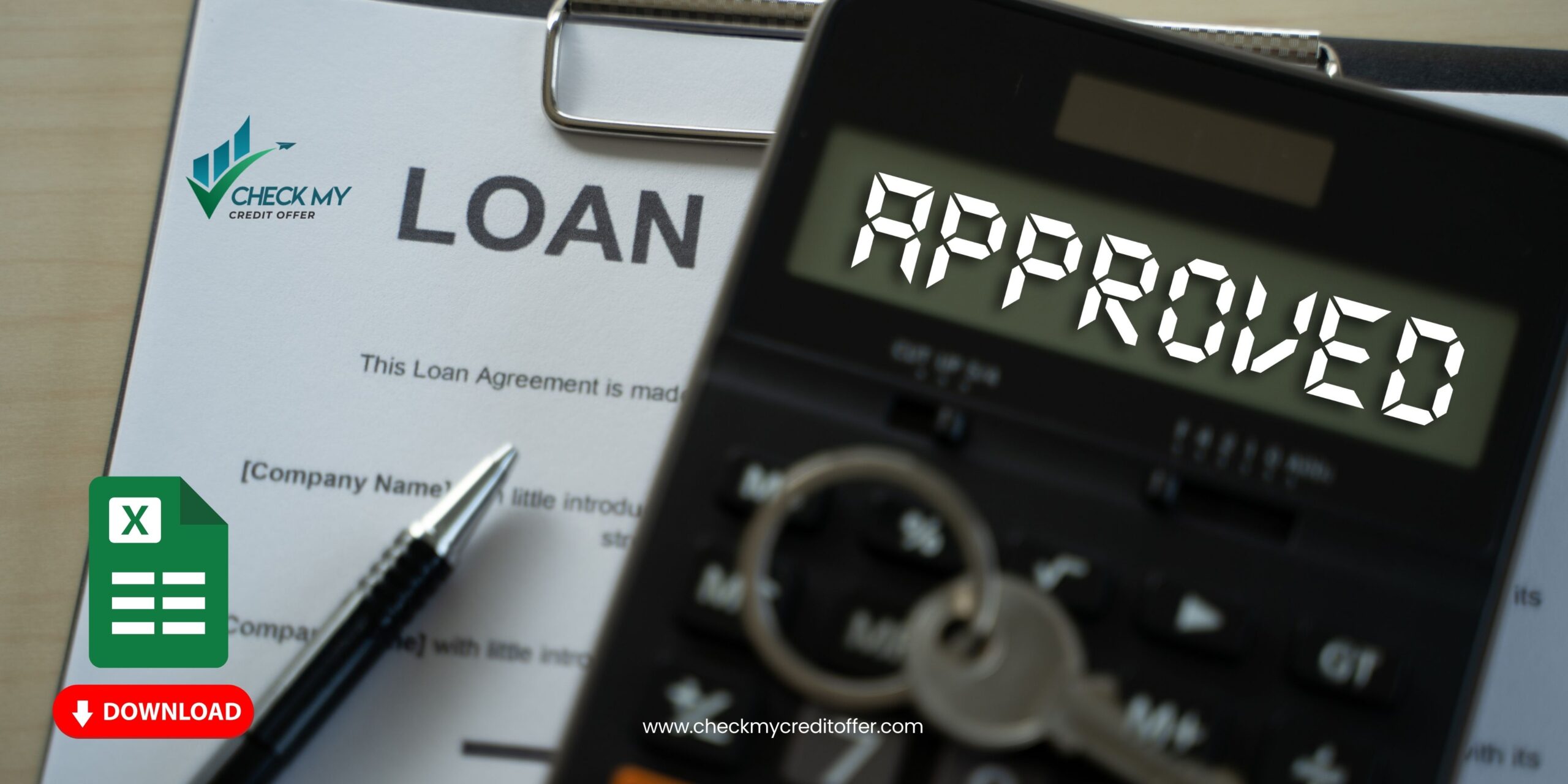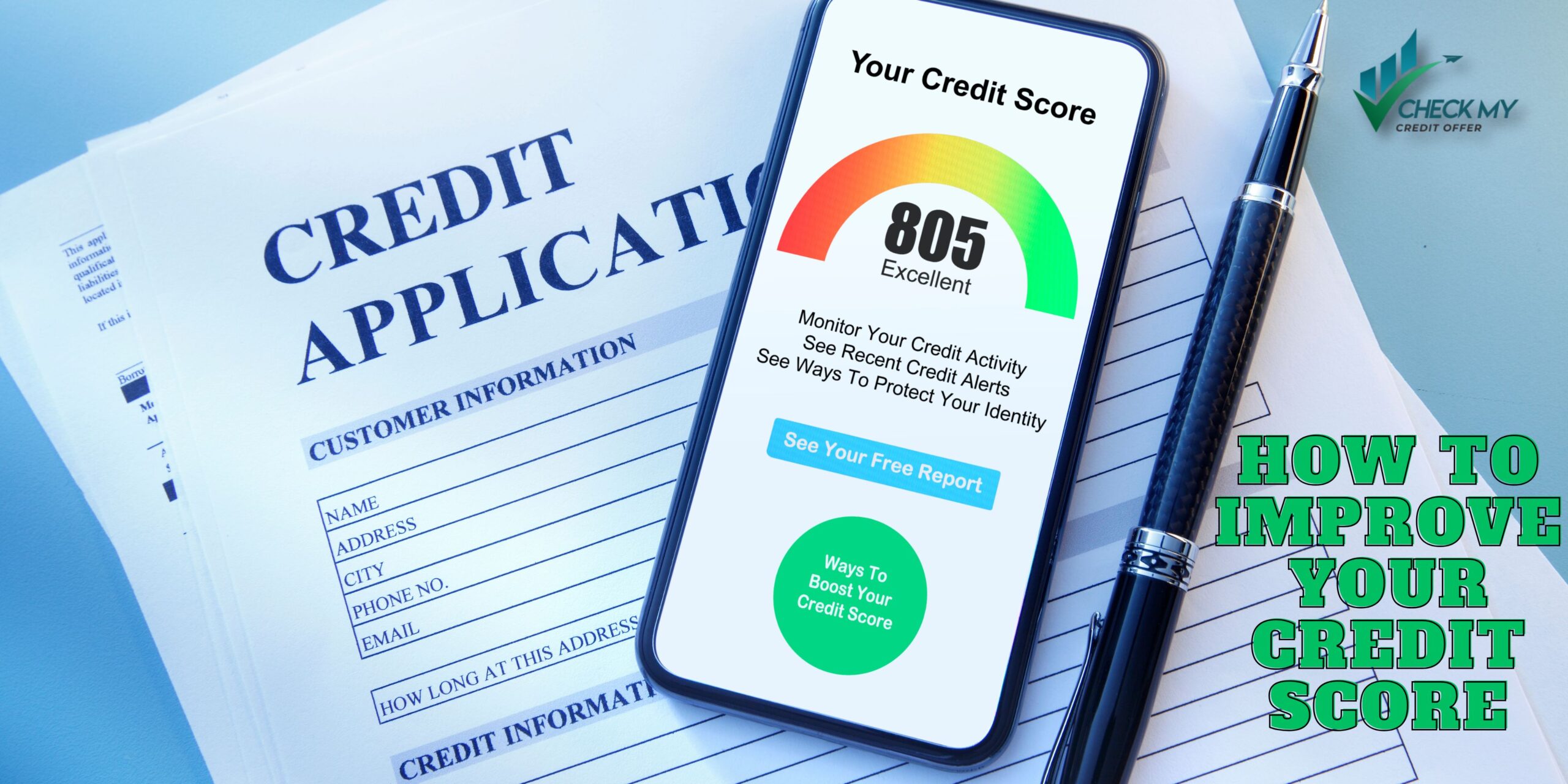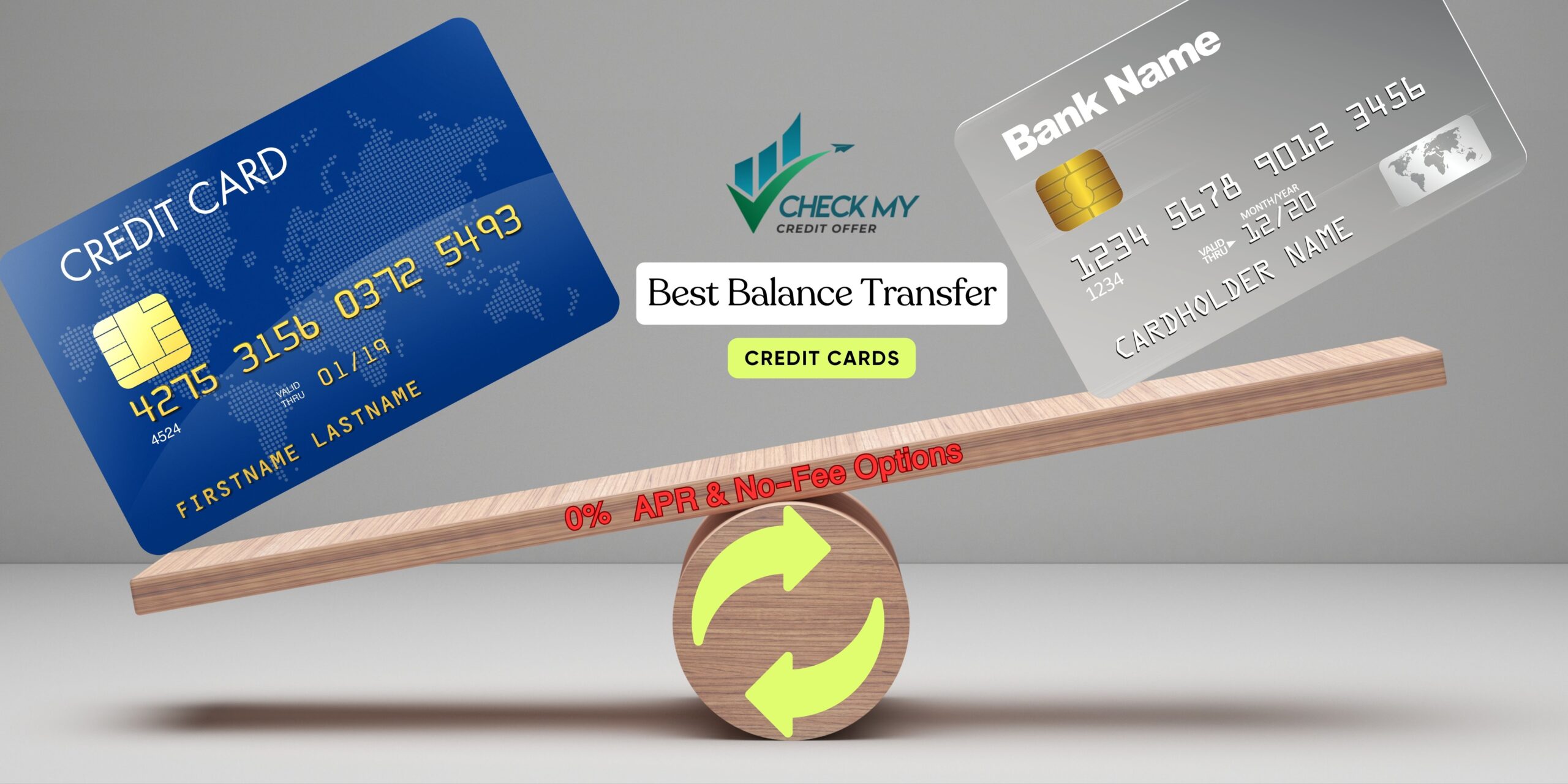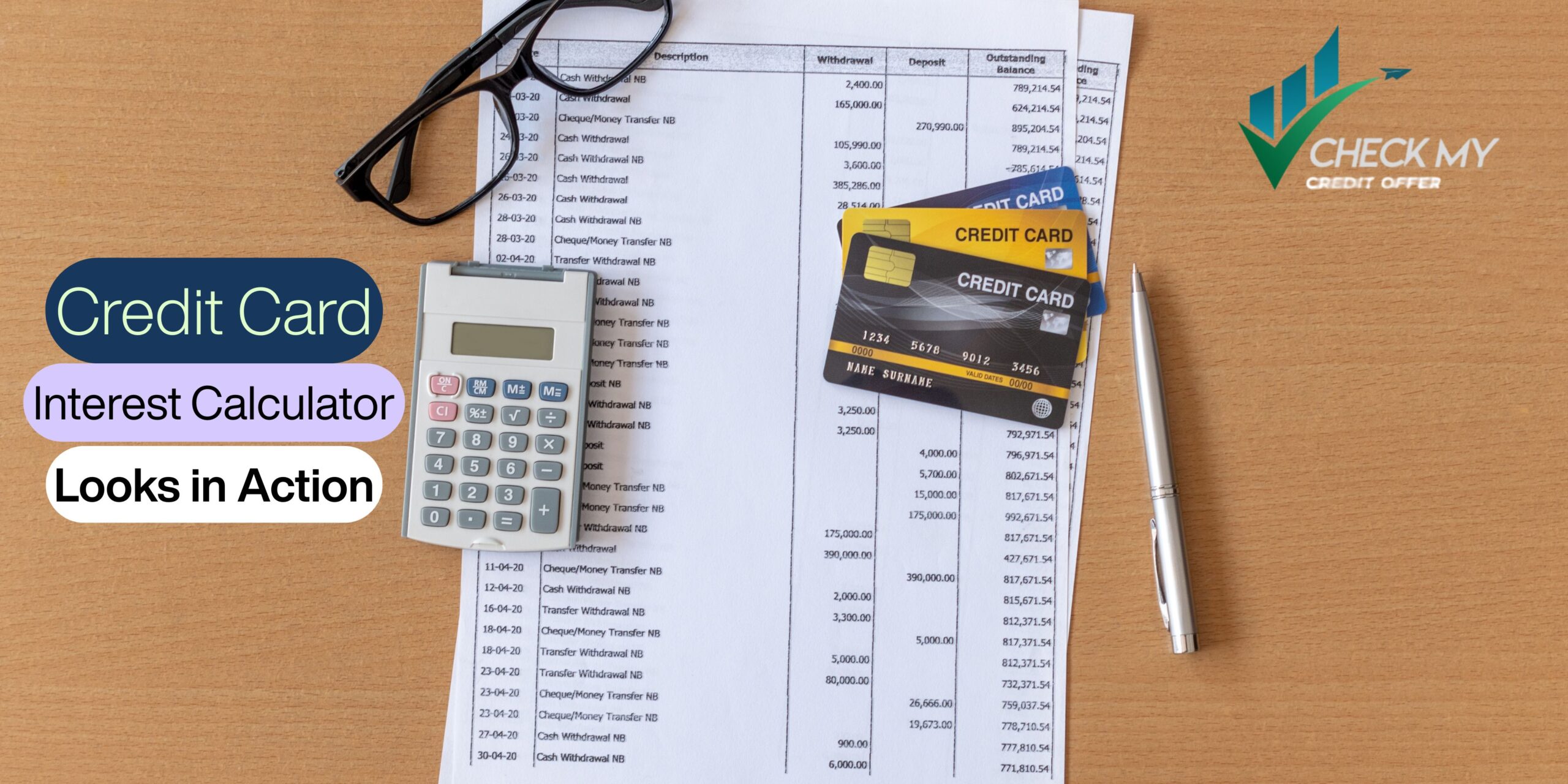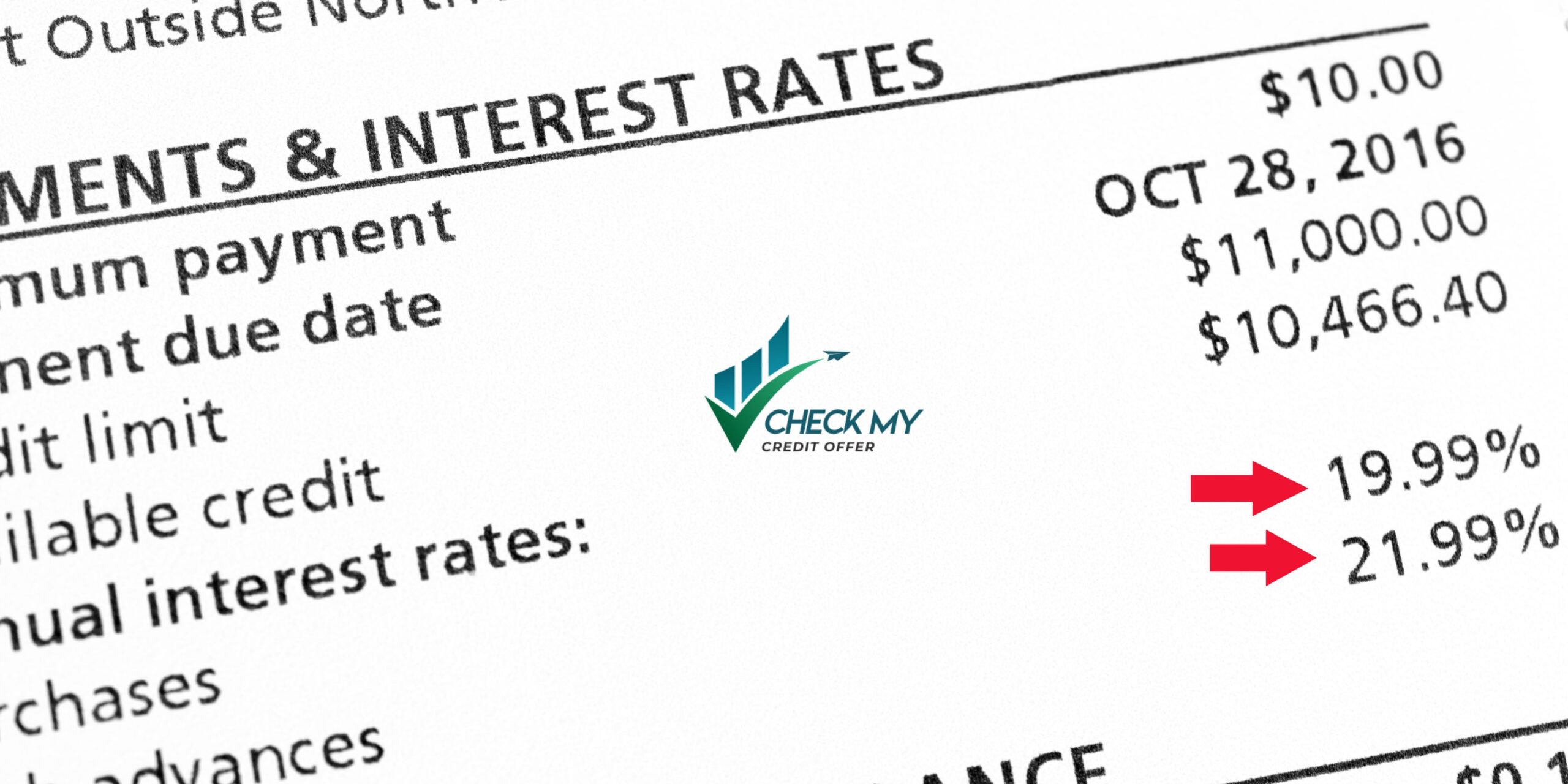How Do You Calculate Interest on a Credit Card? – Simple Formula Explained
Credit card interest is calculated using your average daily balance (ADB) and your
annual percentage rate (APR) divided by 365. That daily rate is applied to your balance for each day in the billing cycle.
Example: With a $1,000 balance at 20% APR, your daily interest is about
$0.55 (0.20 ÷ 365 × 1000). Over a 30-day cycle, that’s roughly $16.50.
If you’ve ever searched how do you calculate interest on a credit card, here’s the simple breakdown of how it actually works—and how to run the math yourself.
What Is Credit Card Interest?
Credit card interest is the cost you pay to borrow money on your card when you don’t pay your full statement balance by the due date. It’s expressed as an APR and charged on the balance you carry into the next billing cycle.
- Definition: Interest = the finance charge for not paying the statement balance in full on time.
- When it applies: Only to carried-over balances; if you pay in full each month, you typically avoid interest on purchases.
- How it accrues: Most issuers calculate interest daily using your average daily balance and your APR.
💡 Grace period: If you pay your statement balance in full by the due date, new purchases usually don’t incur interest. Carrying a balance can remove that grace period.
Keywords: credit card interest meaning, how credit card interest works
Understanding APR (Annual Percentage Rate)
The APR (Annual Percentage Rate) represents the yearly cost of borrowing on your credit card. It’s the percentage your card issuer charges annually for carrying a balance, broken down into daily rates for calculation purposes.
- Definition: APR is the yearly interest rate applied to your unpaid balance.
- Daily calculation: Your APR is divided by 365 to get your Daily Periodic Rate (DPR).
- Example: A 20% APR ÷ 365 = 0.0548% per day.
💡 Pro Tip: Even a 1–2% difference in APR can add up to hundreds of dollars per year in interest if you carry a balance. Always compare rates before choosing a card.
Keywords: credit card APR explained, daily interest formula
The Credit Card Interest Formula
Credit card issuers calculate interest based on your Average Daily Balance (ADB), the APR, and the number of days in your billing cycle.
Here’s the standard formula used by most U.S. credit card companies:
Example Calculation:
- Balance: $1,000
- APR: 20%
- Billing cycle: 30 days
👉 (1000 × 0.20 ÷ 365) × 30 = $16.44 interest
💡 Tip: Paying your balance in full each month avoids all interest charges completely.
How to Find Your Average Daily Balance
The Average Daily Balance (ADB) is the key number credit card companies use to calculate your monthly interest.
It represents the average amount you owed throughout your billing cycle — not just your ending balance.
- List your balance for each day of the billing cycle.
- Add all the daily balances together.
- Divide that total by the number of days in the billing cycle.
Example:
| Day | Balance ($) |
|---|---|
| 1–10 | $1,000 |
| 11–20 | $800 |
| 21–30 | $900 |
Total of all balances = $27,000 → ÷ 30 days = $900 Average Daily Balance.
💡 Tip: Keep balances low throughout the month — not just on the due date — to minimize interest and improve your credit utilization ratio.
Keywords: average daily balance calculation, how to find credit card balance interest
Example Interest Calculations
Here are some sample scenarios showing how different balances and APRs affect your monthly credit card interest.
The more you carry — or the higher your APR — the more interest you’ll pay.
| Balance ($) | APR | Billing Days | Interest ($) |
|---|---|---|---|
| $500 | 18% | 30 | $7.40 |
| $1,000 | 20% | 30 | $16.44 |
| $2,000 | 25% | 30 | $41.10 |
💡 Comment: Higher balances or longer carryover periods mean more interest — even small differences in APR can add up quickly over time.
How to Reduce or Avoid Credit Card Interest
The smartest way to manage credit card debt is to avoid interest charges altogether. Here are proven strategies to minimize or eliminate interest costs:
- Pay in full during your grace period: Paying the full balance before your due date ensures you won’t be charged any interest.
- Use a 0% intro APR card for big purchases: Many cards offer 0% APR for 12–18 months — ideal for consolidating or managing short-term expenses.
- Make multiple payments each month: Reducing your balance mid-cycle lowers your average daily balance, which directly reduces the interest charged.
💡 Pro Tip: Setting up automatic payments for your full balance or scheduling mid-month payments can save you hundreds in interest each year.
Keywords: avoid credit card interest, pay less interest tips
Frequently Asked Questions About Credit Card Interest
1. How is credit card interest calculated daily?
Interest is calculated using your daily balance multiplied by your Daily Periodic Rate (APR ÷ 365).
This daily amount is then added up over your billing cycle to get your total monthly interest.
2. Why does my interest seem higher some months?
If your balance increases mid-cycle, or you carry a higher average daily balance, your total interest rises.
Seasonal spending or missed payments can also increase accrued interest.
3. Does paying early reduce interest?
Yes — paying early reduces your balance sooner, lowering the average daily balance used to calculate interest.
Even mid-cycle payments can make a noticeable difference.
4. Is APR charged even if I pay the minimum?
Yes. Paying only the minimum keeps your account in good standing but leaves part of your balance unpaid — that portion continues to accrue interest daily.
Conclusion & Next Step
📘 Official resource (fine print):
CFPB – How Credit Card Interest Works

